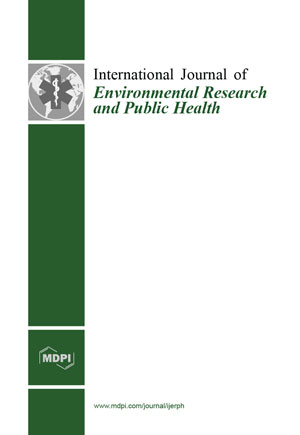
Road safety is increasingly threatened by distracted driving. Studies have shown that there is a significantly increased risk for a driver of being involved in a car crash due to visual distractions (not watching the road), manual distractions (hands are off the wheel for other non-driving activities), and cognitive and acoustic distractions (the driver is not focused on the driving task). Driving simulators (DSs) are powerful tools for identifying drivers’ responses to different distracting factors in a safe manner. This paper aims to systematically review simulator-based studies to investigate what types of distractions are introduced when using the phone for texting while driving (TWD), what hardware and measures are used to analyze distraction, and what the impact of using mobile devices to read and write messages while driving is on driving performance. The review followed the Preferred Reporting Items for Systematic Reviews and Meta-Analysis extension for Scoping Reviews (PRISMA-ScR) guidelines. A total of 7151 studies were identified in the database search, of which 67 were included in the review, and they were analyzed in order to respond to four research questions. The main findings revealed that TWD distraction has negative effects on driving performance, affecting drivers’ divided attention and concentration, which can lead to potentially life-threatening traffic events. We also provide several recommendations for driving simulators that can ensure high reliability and validity for experiments. This review can serve as a basis for regulators and interested parties to propose restrictions related to using mobile phones in a vehicle and improve road safety.
| ID | pj230 |
| DOI | |
| Tags |













